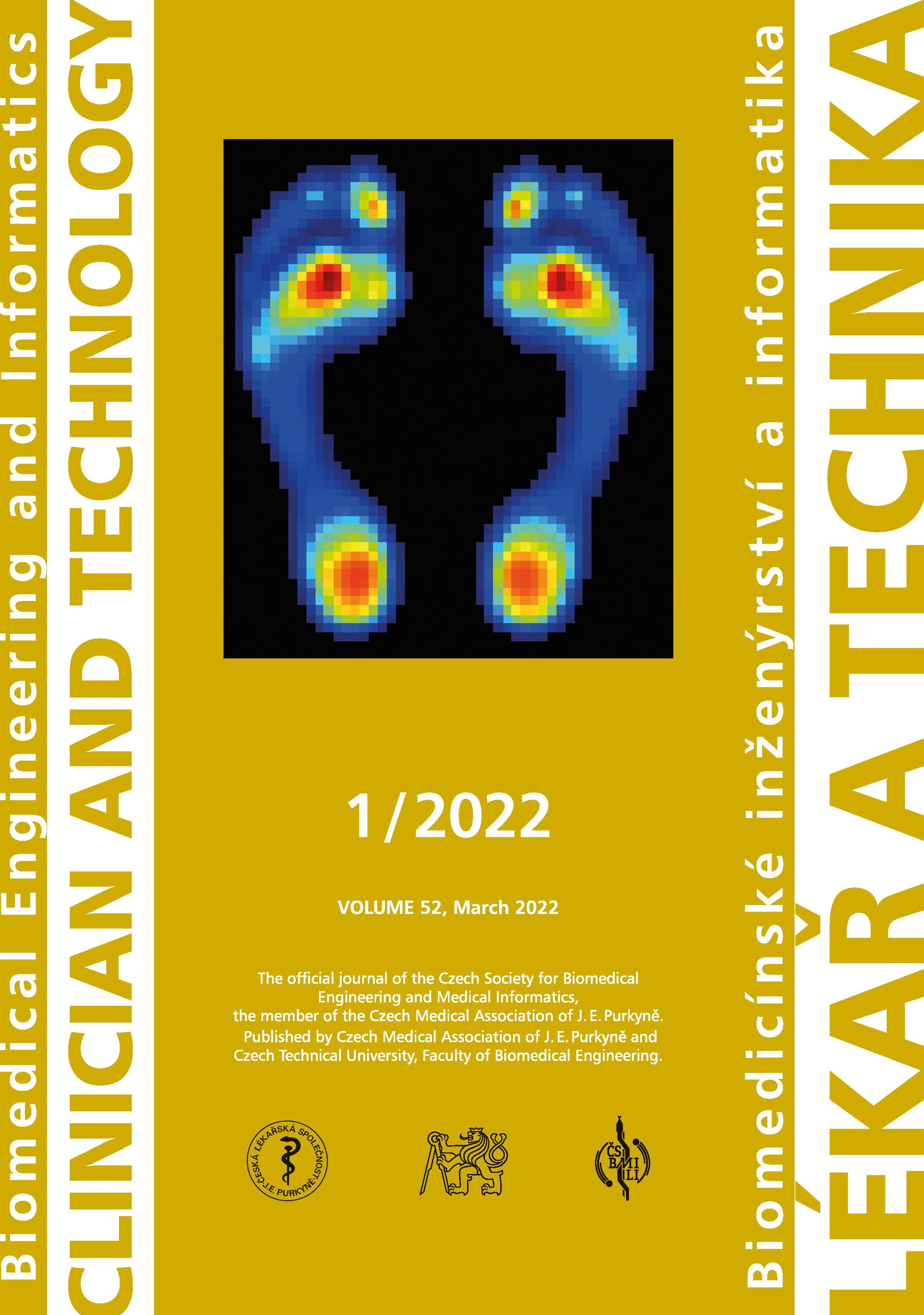HOLTER ECG MONITORING AS METHOD FOR ASSESSING INTERACTION OF IMPLANTED PACEMAKER AND SOURCE OF ELECTROMAGNETIC INTERFERENCE
DOI:
https://doi.org/10.14311/CTJ.2022.1.04Abstract
The aim of the study was to assess the interaction of the cardiostimulation system of the patient and the source of electromagnetic interference (EMI) during the patient’s work by Holter monitoring of ECG. Finally, to analyze ECG recording and evaluate possible pacemaker (PCM) program responses to the presence of EMI. The observation was performed in the selected patient with the single-chamber conventional pacemaker during practicing of a profession in an industrial environment with a real risk of interaction with the defined source of interference. The heart rhythm was monitored with a standard Holter monitor and the measurement was repeated during three work shifts. The PCM was revised before each measurement and at the same time the programming was adjusted for monitoring purposes. The ECG record was back-analyzed and the device response to the presence of EMI was evaluated. No program response to the presence of an interfering electromagnetic field (EMF) was observed from the ECG recording analysis. This program response would manifest to abnormalities in the ECG curve (asynchronous pacing, pacing inhibition, competitive pacing). There were no events in the PCM memory indicating the effect of the EMI.
Downloads
Published
Issue
Section
License
Copyright (c) 2022 Jan Morava, Jindřich Kupec, Tomáš Souček, Aleš Richter

This work is licensed under a Creative Commons Attribution 4.0 International License.
Authors who publish with this journal agree to the following terms:
- Authors retain copyright and grant the journal right of the first publication with the work simultaneously licensed under a Creative Commons Attribution License (https://creativecommons.org/licenses/by/4.0/) that allows others to share the work with an acknowledgment of the work's authorship and initial publication in CTJ.
- Authors are able to enter into separate, additional contractual arrangements for the non-exclusive distribution of the journal’s published version of the work (e.g., post it to an institutional repository or publish it in a book), with an acknowledgment of its initial publication in this journal.
- Authors are permitted and encouraged to post their work online (e.g., in institutional repositories or on their website or ResearchGate) prior to and during the submission process, as it can lead to productive exchanges.
CTJ requires that all of the content of the manuscript has been created by its respective authors or that permission to use a copyrighted material has been obtained by the authors before submitting the manuscript to CTJ. CTJ requires that authors have not used any copyrighted material illegally, as for example a picture from another journal or book, a photo, etc. It is the author’s responsibility to use only materials not violating the copyright law. When in doubt, CTJ may ask the authors to supply the pertinent permission or agreement about the use of a copyrighted material.
The opinions expressed in CTJ articles are those of authors and do not necessarily reflect the views of the publishers or the Czech Society for Biomedical Engineering and Medical Informatics.


